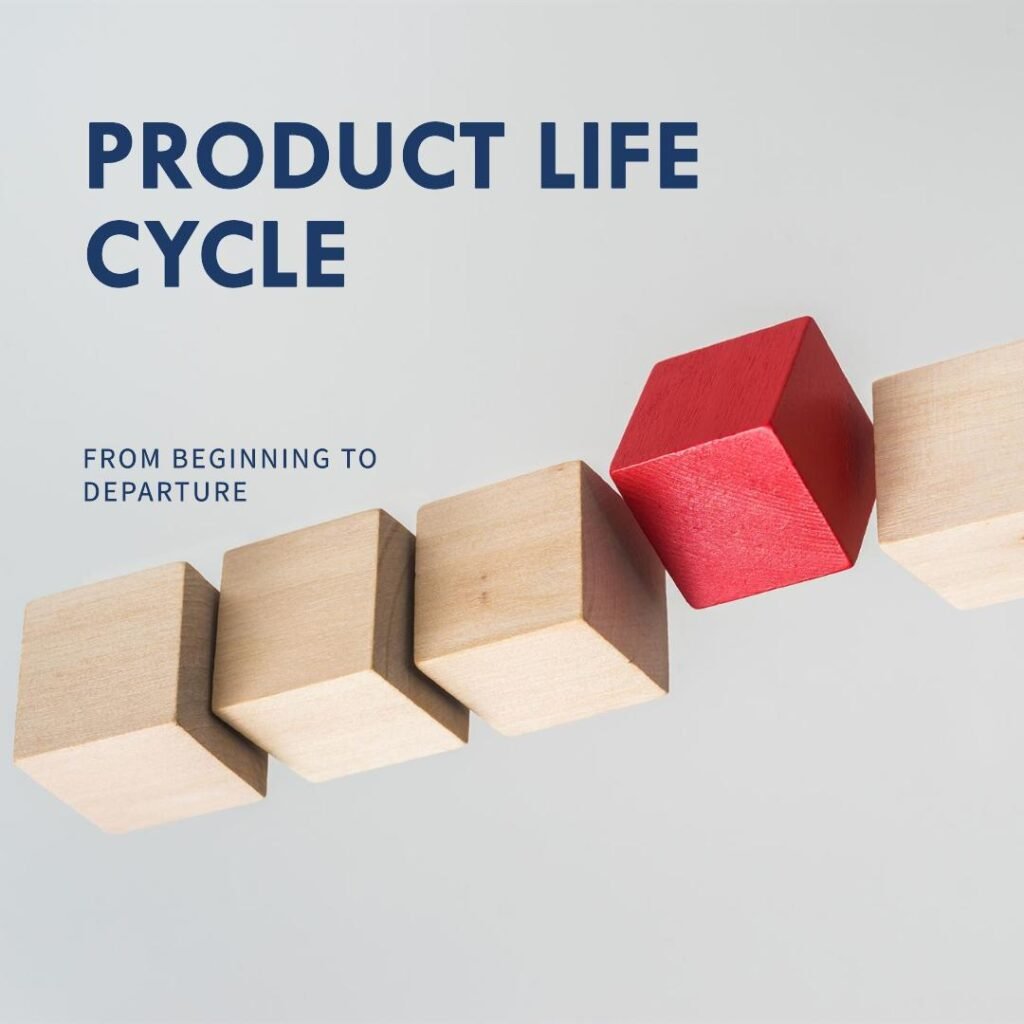Product Life Cycle Strategies For Product Success In Market
A product’s life cycle describes the steps a product takes from its beginning to its departure from the marketplace. Product life cycle strategies help companies manage a product or service through its entire life cycle. These strategies include improving product quality, adding new features, and getting into new markets. In the product life cycle strategies, we define the product’s first appearance, what the product is, how we are developing it, and how we introduce it according to the market.

Product Lifecycle Strategies
In these product lifecycle strategies, we define our product growth, in which we define how to increase product revenue and make prices high and affordable in the market. We also define our product maturity, in which we stabilize our product demands, sales, and profit. The decline strategies of the product are a process in which we specify when sales start to drop and the product loses popularity.
To develop successful product life cycle strategies, you must possess expertise in all these expected phases of introduction, growth, decline, and maturity. Likewise, at Humans Meta Tech, we have innovative solutions for all these life cycle phases, where our products and management professionals team up with you to achieve maximum product success in the market.
..
Product life cycle management stages
Introduction
Introduction is the phase of the product life cycle when a product is launched into the market for the first time. This is when marketing teams start building product awareness and targeting potential customers. We use marketing strategies for the promotion of products on the market. In the introduction phase, we define how to improve product quality by adding new features and entering new markets.
01
Product Quality
In product quality, we check how well this product meets customer needs and provides a good user experience. This process refers to a product’s features, characteristics, attributes, and aspects like reliability, safety, durability, and performance.
02
Adding new features
Introducing new features is the process of implementing new features and updates according to user preferences and market demands. By doing this, we can expand our product scope, differentiate it in the market, and deliver value to users so that our product stands out and provides value to customers.
03
Entering new markets
Entering new markets is a plan to expand the visibility and distribution of a product or service to new marketplaces.The purpose of entering new markets is to grow your business in multiple ways. Likewise, a normal market entry plan can take six to 18 months to implement.
Growth
The growth stage of a product’s life cycle is when it becomes popular and gains a loyal customer base. Product growth means increasing a product’s adaptability, revenue, and satisfaction while also attracting new customers. The product usually maintains its highest growth rate during this period. To achieve this growth, use product costs, demand regulation, and cost reduction to manage demand and profits.
01
Product Costs
Product costs are the process that defines the total expenses used by a product from its initial creation to its completion. Product costs are directly related to the development of a product planned for sale. This includes the costs of developing, launching, and maintaining a product.
02
Demand Regulation
Demand regulation is the process that states that when prices increase, demand for a product decreases, and when prices decrease, demand increases. This is because buyers have limited resources, so higher prices reduce the amount they can spend on a product.
03
Costs Reduction
Cost reduction is the process that allows you to decrease demand trends and avoid sales promotions. Reducing the cost of your product or service can help you increase sales and your customer base. The procedure for cost reduction typically involves concentrating on generating minimal savings.
Maturity
The maturity stage of the product life cycle is when business growth levels out because the product has exceeded its market. It’s often the longest stage and is followed by a decline in sales growth, increased competition, and a shift in focus from customer purchase to satisfaction. These businesses mostly focus on improving product quality, marketing channels, or shifting marketing messages.
01
Marketing channels
The marketing channel is the process by which you introduce new buyers to your business and retain them. Marketing channels include social media, content, SEO marketing, and paid advertising. Affiliate marketing expands reach, while digital ads and public relations boost visibility.
02
Improving product quality
Product quality refers to how well a product satisfies customer needs, serves its purpose, and meets the market’s standards. You can improve product quality by defining your product quality management, collecting feedback from users, and providing quality assurance to ensure that products meet quality standards and are free of defects, errors, or bugs.
03
Shifting marketing messages
A process that can change how people interact with a product or service, both online and offline, requires businesses to develop and improve their messaging strategies to keep up with the digital marketplace. This stage is characterized by a significant increase in sales, profits, and market share.
Decline
Decline is a stage of the product life cycle when a product’s sales begin to reduce, and it is no longer expected to be successful or increase in quality. This happens because the original needs and demands have changed or because another product design has been developed. Product decline is caused by several factors, including new technology, user interest decreases, filled markets, and the availability of a better product.
01
Reduction in Sales
Reduction in sales is the stage of decline, in which sales decrease due to lower customer demands. A decrease in sales can be seen as competition grows and customer demand for the product begins to decline. A decrease in sales price results in lower profits and, in some cases, losses for the company.
02
Reduced Profits
Reduced profit is the process during which we maintain our product profit and while considering on return and investment expenditures. This is because when sales decrease, profits automatically decrease. This may be due to a shortage in sales, not launching updates, or the user experience.
03
Increased Competition
Increased competition is the decline stage, which can be an indication that a product is nearing its decline stage in the product life cycle. During this stage, sales can decrease due to market competition and a decline in customer demand. Some factors that can relate to a product’s decline include changes in technology and customer needs.
Join US Now!
Product Life Cycle Strategies For Product Success In Market With Our Professional
Product life cycle and management are very practical responsibilities, and building strategies is an important and crucial component for product success in the market. At Humans Meta Tech, we are offering specialists who can easily give you a hand through all of your product life cycle phases..







Pingback: Product Service Management - Humans Meta Tech